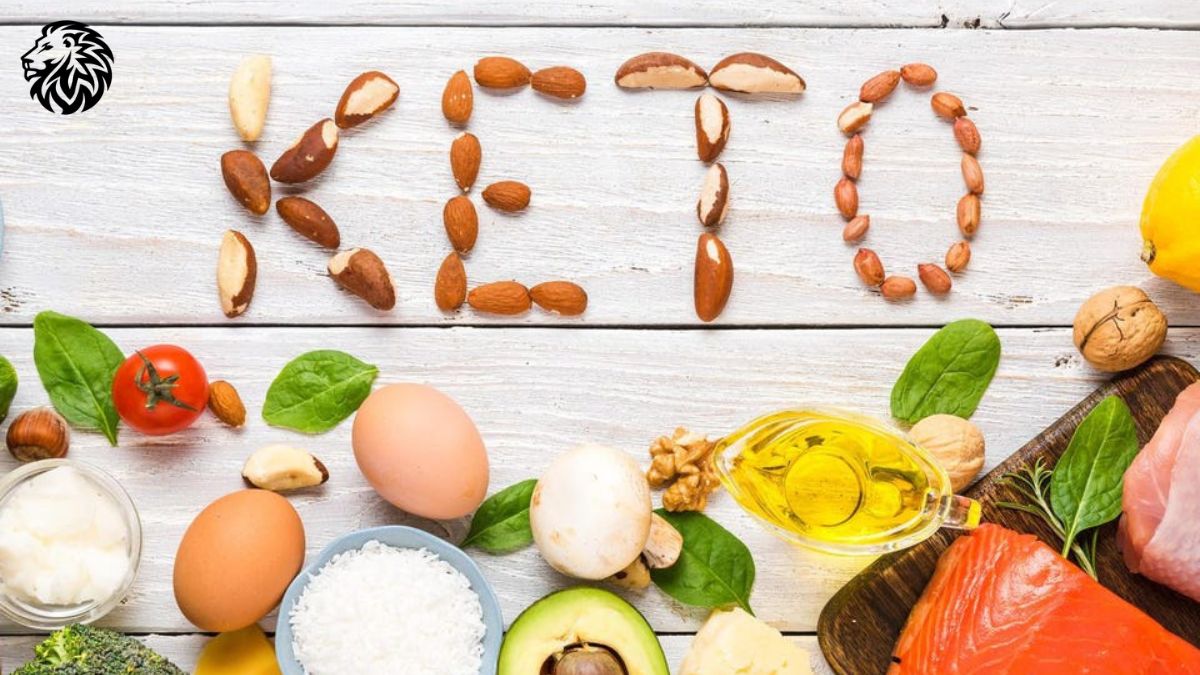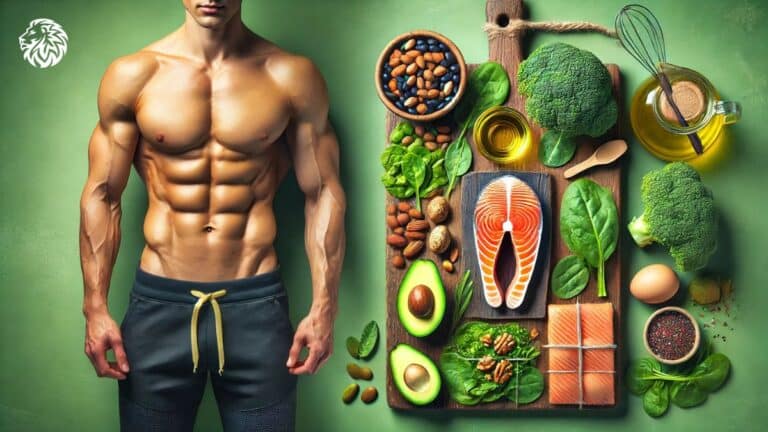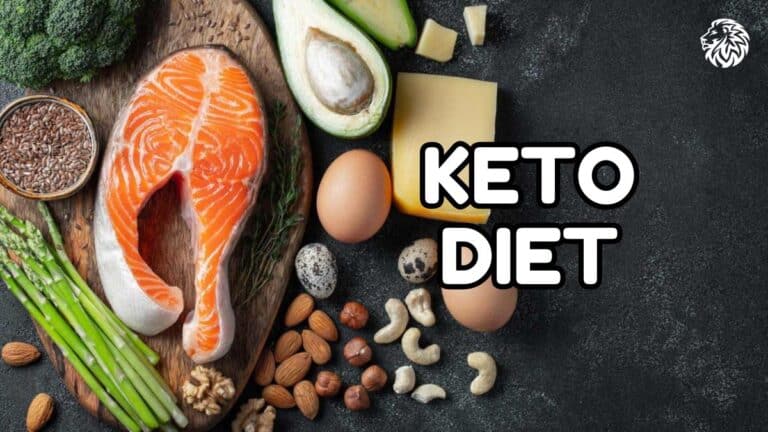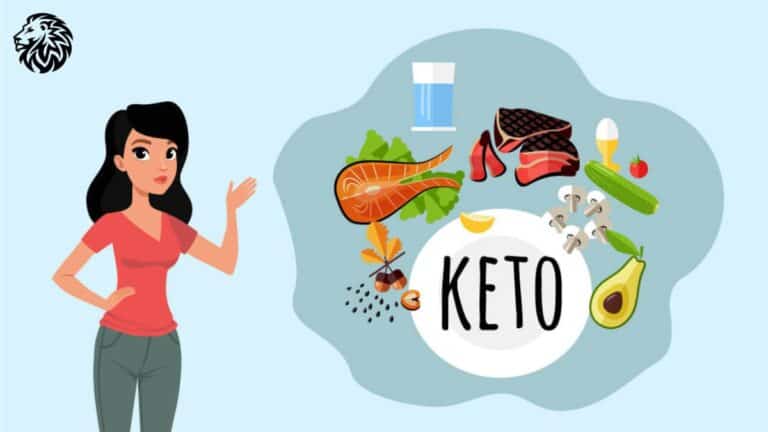Starting a ketogenic diet (often called “keto”) can feel overwhelming at first, but with the right approach, it can become a sustainable way of eating that promotes fat loss, improved energy levels, and better overall health. The key to starting keto correctly is understanding how to shift your body’s fuel source from sugar (carbohydrates) to fat. This process is guided by controlling insulin levels and adjusting your meal patterns. In this post, we’ll cover the fundamentals of how to approach the keto diet in a healthy and effective way.
Understanding the Basics of Keto
The ketogenic diet is focused on reducing carbohydrates and increasing fat consumption. By doing this, your body switches from burning glucose (sugar) for energy to burning fat. The hormone insulin plays a significant role in this process, as it determines whether your body burns fat or sugar. When insulin levels are high, your body burns sugar; when they are low, it shifts to burning fat. Thus, one of the primary goals in keto is to keep insulin levels low by cutting carbs and minimizing meal frequency.
The First Step: Lowering Carbs
To start keto correctly, the first and most crucial step is reducing your carbohydrate intake. This includes avoiding all forms of sugar—whether it’s white sugar, brown sugar, honey, or even agave nectar. You should also stay away from high-carb grains like wheat (used in bread, pasta, and cereal) and starches like potatoes.
When shopping for groceries, pay close attention to labels, especially the sugar content. Your goal is to keep the sugar content as close to zero as possible. This includes hidden sugars in processed foods, so check ingredients carefully.
A great substitute for sugar is using sugar alcohols like erythritol or stevia, which can be used in recipes that typically call for sugar. Additionally, low-carb alternatives like almond flour can be used to make everything from pizza crust to bread, offering you a way to enjoy these foods without spiking your insulin.
What About Fruits?
While fruits are typically seen as healthy, they are often too high in sugar for a ketogenic diet. However, there are a few exceptions. You can still enjoy small amounts of certain berries—namely raspberries, strawberries, and blackberries—as they are low in carbs compared to other fruits. But avoid fruits like apples, bananas, and oranges, as they contain too much sugar and can disrupt your fat-burning process.
Focus on Vegetables
One of the misconceptions about keto is that you can’t eat many vegetables. In fact, vegetables should make up a large portion of your daily intake. Aim for at least seven cups of vegetables each day, particularly leafy greens and non-starchy vegetables such as bell peppers, broccoli, kale, and Brussels sprouts.
Vegetables are crucial for two reasons. First, they provide essential nutrients like potassium, magnesium, and vitamin C, which help balance your body as you transition to keto. Second, they feed the beneficial microbes in your gut, which can help stabilize your blood sugar levels and boost energy.
To make sure you’re consuming enough vegetables, eat them at the beginning of your meal. This strategy can help you get in all the vegetables you need before you feel full from fats and proteins.
Moderate Your Protein Intake
Protein is an important part of a ketogenic diet, but it’s essential to consume it in moderation. Unlike the Atkins diet, keto doesn’t rely on high protein intake. Instead, aim for a moderate amount, depending on your size, age, and activity level. For most people, this translates to eating between three and eight ounces of protein per meal.
If you’re unsure about portion sizes, a simple guide is to consume a portion of protein equivalent to the size of the palm of your hand. Types of protein suitable for keto include meat, fish, chicken, eggs, and cheese. However, make sure to check the ingredients in processed foods like deli meats and bacon, as they often contain added sugars.
A key tip is to avoid low-fat or lean protein sources, as they can raise insulin levels. Instead, opt for fattier cuts of meat and fish, which help keep insulin in check. Protein sources like brie cheese and fatty fish, such as salmon, are excellent choices.
Don’t Fear Fats
One of the main principles of keto is consuming a high amount of fat. This doesn’t mean you have to drown your meals in oil, but the calories from fat should make up the bulk of your diet. Since fat contains more than twice the calories of protein and carbs, it naturally becomes a higher percentage of your overall caloric intake.
Most protein sources naturally come with fat, so you’re already getting a lot of fat in your meals. However, you can add extra fat with healthy options like avocado, butter, and olive oil. When cooking vegetables, it’s a good idea to add butter or drizzle olive oil on top, as this helps your body absorb fat-soluble nutrients, such as antioxidants.
Good fats to include in your diet are:
- Avocado and avocado oil
- Olive oil
- Butter and ghee
- Coconut oil
- Nuts (in moderation)
On the flip side, avoid unhealthy fats like soy oil, corn oil, and canola oil. These oils are often genetically modified and can cause inflammation in the body. Instead, stick to the healthier options listed above.
Combining Keto with Intermittent Fasting
One of the most effective ways to boost your keto results is by incorporating intermittent fasting. This means eating less frequently, which helps reduce insulin levels even further. A common intermittent fasting method is to eat within a six-hour window (for example, from 12 pm to 6 pm) and fast for the remaining 18 hours.
By reducing the frequency of your meals, your insulin levels will stay lower for longer periods, allowing your body to burn fat more efficiently. During the fasting window, you can drink water, coffee, or tea, but avoid anything with sugar.
A helpful tip when skipping meals, particularly breakfast, is to drink coffee with added fat, such as a tablespoon of butter or MCT oil. This can help curb your appetite, provide your brain with ketones (which are produced when your body burns fat), and make it easier to skip breakfast without feeling hungry or fatigued.
No Snacking
Another important rule in the keto diet is to avoid snacking. Even small snacks can raise your insulin levels and increase hunger. If you find yourself tempted to snack between meals, it’s often a sign that you didn’t consume enough fat during your last meal. Make sure your meals contain plenty of healthy fats to keep you satisfied throughout the day.
Sample Eating Schedule
Here’s an example of how to structure your meals when combining keto with intermittent fasting:
- 12 pm (First Meal): Start with a large salad (at least seven cups of vegetables), followed by a protein source like grilled salmon or chicken thighs. Add healthy fats like avocado and olive oil to the meal.
- 6 pm (Second Meal): Another meal with plenty of vegetables, protein, and fat. You could have a cauliflower-based dish, such as cauliflower mashed “potatoes,” paired with a fatty protein like pork belly or ribeye steak. Add butter to your vegetables or use a fatty sauce to increase your fat intake.
By following this eating schedule, you’ll have a six-hour eating window and an 18-hour fasting period, allowing your body to effectively enter ketosis and start burning fat.
Wrapping It Up
Starting the ketogenic diet can be a powerful way to improve your health, but it’s important to approach it correctly. Lowering your carb intake, focusing on healthy fats, and incorporating intermittent fasting are key steps to making keto work for you. Remember, consistency is crucial. By following these guidelines, you’ll be well on your way to reaping the benefits of keto, including increased energy, better mental clarity, and effective fat loss.
Frequently Asked Questions About the Ketogenic Diet
1. What is the ketogenic diet?
The ketogenic diet focuses on drastically reducing carbohydrate intake and increasing fat consumption to switch the body’s fuel source from sugar to fat.
2. How do I start the keto diet?
To start keto, reduce carbs, avoid sugar, eat moderate protein, consume healthy fats, and incorporate intermittent fasting to lower insulin levels.
3. Can I eat fruit on keto?
Most fruits are too high in sugar for keto, but you can have small amounts of low-carb berries like raspberries, strawberries, and blackberries.
4. What foods should I avoid on keto?
Avoid all forms of sugar, grains (bread, pasta), starches (potatoes), and unhealthy oils like soy, corn, and canola oil. Check labels for hidden sugars.
5. How much protein should I eat on keto?
Aim for moderate protein intake, typically between 3 to 8 ounces per meal, depending on your size, activity level, and age.
6. Do I need to count calories on keto?
Keto is more focused on lowering carb intake and managing insulin levels rather than counting calories. However, eating fewer meals naturally reduces calorie intake.
7. Can I snack on keto?
It’s best to avoid snacking, as it can raise insulin levels. If you’re hungry between meals, increase your fat intake during meals to stay satisfied longer.
8. How does intermittent fasting work with keto?
Intermittent fasting involves eating less frequently, such as within a 6-hour window, to keep insulin levels low and enhance fat-burning during the fasting period.
9. What fats should I eat on keto?
Healthy fats like avocado, olive oil, butter, ghee, coconut oil, and fatty cuts of meat are ideal for keto. Avoid inflammatory oils like soy and corn.
10. Can I eat vegetables on keto?
Yes, non-starchy vegetables like leafy greens, bell peppers, broccoli, and cauliflower should make up a significant part of your keto diet. Aim for at least seven cups per day.







